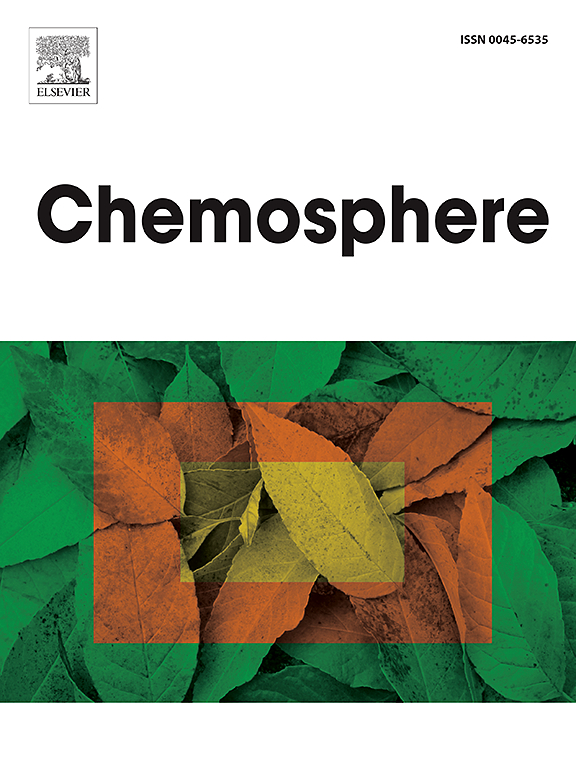Enhanced polyhydroxyalkanoate biosynthesis by Cupriavidus sp. CY-1 utilizing CO2 under controlled non-explosive conditions
IF 8.1
2区 环境科学与生态学
Q1 ENVIRONMENTAL SCIENCES
引用次数: 0
Abstract
The production of polyhydroxyalkanoate (PHA) using CO2 through hydrogen-oxidizing bacteria under safe, non-explosive conditions is making impressive strides. The present study aimed to evaluate and demonstrate the growth and productivity of PHA by Cupriavidus sp. CY-1 under different non-explosive conditions, thereby providing critical data for practical applications. The experimental results highlighted the efficiency of the CY-1 strain in PHA biosynthesis, achieving a production rate of 11.87 g L−1, which corresponds to a 90.6% yield when fermenting a gaseous substrate composed of H2 (70%), O2 (20%), and CO2 (10%). The study also examined PHA production under different non-explosive conditions, including H2 concentrations of 3.8% (v/v) and O2 at 6.5% (v/v). Furthermore, the impact of CO (30% and higher) was assessed, revealing a detrimental effect on growth and PHA production. Notably, the addition of Tween 80 significantly enhanced PHA productivity. The effective utilization of CO2 has confirmed poly[(R)-3-hydroxybutyrate] (PHB) as a valuable derived form of PHA. By implementing a two-step treatment with valeric acid, we successfully produced P(3HB-co-3HV) (PHBV) at a concentration of 1.47 g L−1. This achievement highlights the potential to enhance PHA production through innovative strategies. Furthermore, the examination of phaC gene expression levels has facilitated accurate predictions of PHA productivity. The use of CO2 from trichloroethylene (TCE) biodegradation faced concentration-related challenges; however, the higher CO2 levels achieved from phenol biodegradation, at 1200 mg L−1, indicate substantial potential for efficient PHA production.

求助全文
约1分钟内获得全文
求助全文
来源期刊

Chemosphere
环境科学-环境科学
CiteScore
15.80
自引率
8.00%
发文量
4975
审稿时长
3.4 months
期刊介绍:
Chemosphere, being an international multidisciplinary journal, is dedicated to publishing original communications and review articles on chemicals in the environment. The scope covers a wide range of topics, including the identification, quantification, behavior, fate, toxicology, treatment, and remediation of chemicals in the bio-, hydro-, litho-, and atmosphere, ensuring the broad dissemination of research in this field.
 求助内容:
求助内容: 应助结果提醒方式:
应助结果提醒方式:


